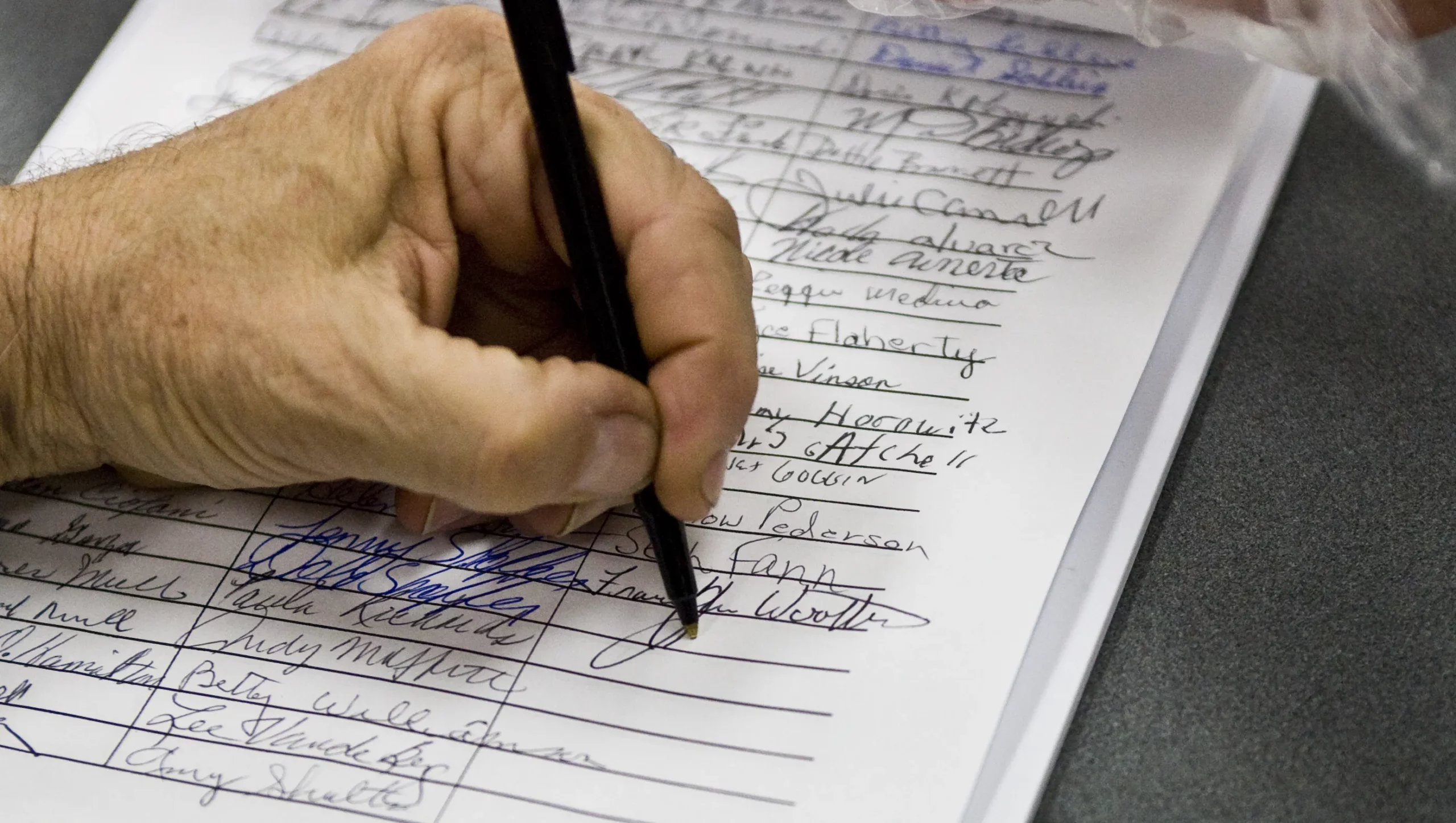Whether you are preparing for an important meeting or you are simply writing a letter, knowing how to head a letter is essential to making the right impression. When you have mastered the basics, you will be able to send a professional-looking letter to your friends and family.
Block format vs semi-block format
Whether you are writing a business letter or a personal letter, it is important to use the correct format. Using the correct format makes it easy to read, as well as adds a certain level of formality to the letter. The most common styles include block format, semi-block, and modified block.
The full block form is considered the most modern. This format allows you to save time and avoid ending punctuation after the salutation. The standard size for formal letter headers is 12 points, and a one and a quarter inch margin on all four sides is recommended.
The block format is simple to follow, and can be used for a variety of letters. The format does not include indentation, but it does have line breaks. To make the most of the format, make sure the margins are 1-1.5 inches all the way around the page, and write in black ink. You may also wish to adjust the margins in your word processing software.
The semi-block format is slightly less formal than the block format, but it has a few similarities. It is similar to the block format in that the text is left justified and the content is aligned left. It also features some right-aligned information. However, the semi-block format does not have a salutation.
The modified block format is similar to the block format, but uses single spacing. The difference is that the body of the letter is left justified, and the signature lines are aligned slightly right of center. It also does not include the indented paragraphs found in the block format.
The modified block style is also easier to execute, and is often used by companies to communicate with clients. The structure of the letter is organized into blocks, and includes a reference section that outlines the purpose of the letter. The date is also typed on the same line as the reference.
The semi-block format is also used by almost all companies. It is not as formal as the block format, but it still has the stamp of solemnity and tradition.
Modified block format vs modified block format
Whether you’re writing a business letter or a personal correspondence, you’re likely to want to use a block format. This format streamlines document alignment, enhances visibility of the letter’s contents, and simplifies letter preparation. The format is also popular among business professionals because of its clean, professional look. It is also easy to read.
The block format begins with the own address and continues with the inside address of the recipient. It also includes the date, salutation, and closing. It’s a fast and easy way to get a letter written and ready to send.
The block format is one of the most popular formats for business letters. It’s simple to read, and all of the material is aligned to the left. The format also uses double spacing to separate paragraphs. This is different from the modified block format, which uses left justified paragraphs.
The block format also uses a one-inch margin all around the page. It also does not include indented lines. The letters in the block format do not have a letterhead. Instead, the return address is usually replaced with letterhead stationery. The printed name will usually be in all capital letters. The block format also has specific punctuation guidelines for the salutation.
The semi block format is similar to the modified block format, but it indents the closing. The date is slightly to the right of the center of the paper. It also skips lines between paragraphs. The semi block format is the least common business letter format.
The modified block format is the traditional layout of business letters. The sender’s address and date are left justified, and the closing is center justified. It also includes a signature block, which is placed in the middle of the page. The name of the author is also left justified, and the company name is right justified.
Modified block format is similar to the block format, but it is slightly less formal. It is not required to use indents in the paragraphs. It also does not require left justified closings. The modified format is more balanced and is easier to read than the block format.
Indented form vs indented form
Choosing how to head a letter in indented form can be a challenge. Some companies still rely on the old fashioned way of doing things, while others are opting for a more modern and sophisticated method of communicating. When choosing a method of writing your business letter, make sure to include the important bits – a subject line, request, and a closing. You may also want to include a call to action. A well-executed business letter should be short, sweet, and to the point.
The best way to write a letter in indented form is to stick to a standard font size of around 12 point. A standard font such as Times New Roman is ideal. If you are writing to a specific individual, you might want to include a little personal flair. A signature block at the bottom right may be a fun way to go. Putting a line between paragraphs makes the letter more readable, and the same goes for cutting out unnecessary words and lines.
The best way to choose how to head a letter in indented format is to choose a font that is easy on the eyes, preferably sans-serif. You also want to select a font that is easy to read. The best fonts are Times New Roman and Courier. If you are having trouble choosing, use a site such as Language Navigator. You can also test out a font using a mockup or sample to see how it looks. There are many font sites that offer free samples. You may also want to do a bit of research to determine the best fonts for your letter. The font you choose should be one that is most likely to be read by others. You can also use a letter template to ensure that your letter is perfectly aligned and to the right. The letter’s main body should be single spaced and left justified.
How to head a letter in indented style can be a daunting task, but it’s well worth the effort. A letter in this format is likely to be read and appreciated by your recipient.



